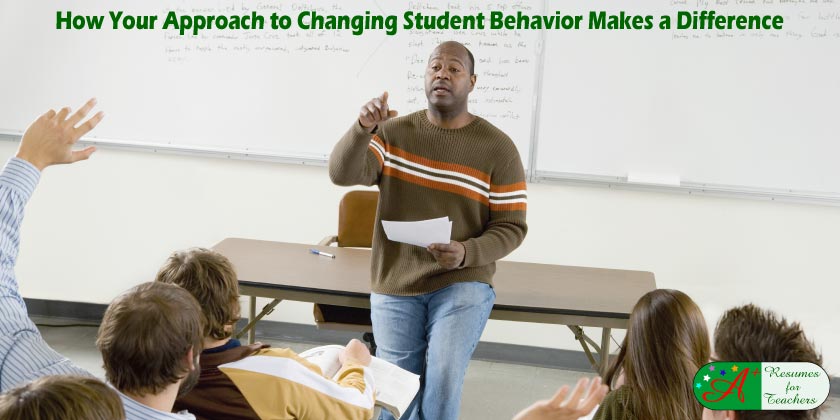Shifting your approach to changing student behavior can yield significant differences in classroom dynamics and overall learning outcomes. Rather than feeling powerless within your current classroom management system, embracing a proactive mindset centered on self-awareness and self-regulation can pave the way for positive transformations.
Taking Ownership of Your Approach
The first step in effecting change is recognizing the locus of control—focusing on elements within your sphere of influence. While external factors such as students’ home environment or peer interactions lie beyond your jurisdiction, you wield significant control over your responses, interactions, and classroom environment.
For example, you can cultivate a supportive, structured learning environment with clear expectations, consistent routines, and positive reinforcement strategies. You create a conducive atmosphere for learning and behavioral development by fostering a sense of belonging and safety.
Embracing Self-Reflection and Adaptation
Regular self-assessment and reflection empower you to identify areas for improvement and refine your behavior management approach. Assess the efficacy of your current strategies, distinguishing between those yielding consistent results and those warranting adjustment.
For instance, if traditional disciplinary measures prove ineffective, consider adopting alternative approaches such as restorative justice practices or mindfulness techniques. By embracing flexibility and innovation, you can tailor interventions to meet the diverse needs of your students and promote positive behavioral outcomes.
Exploring New Strategies
Exploring novel strategies and techniques allows you to expand your repertoire and address behavioral challenges from diverse perspectives. Experiment with differentiated instruction methods, collaborative learning activities, and socio-emotional learning initiatives to foster engagement and mitigate disruptive behavior.
For example, incorporating cooperative learning structures such as think-pair-share or jigsaw activities encourages active participation and peer collaboration, enhancing student accountability and interpersonal skills.
Maintaining Consistency and Persistence
Consistency is paramount in effecting sustainable behavior change. Establish clear expectations and consequences, consistently reinforce positive behaviors, and swiftly address infractions to maintain accountability and promote a supportive learning environment.
For instance, implementing a token economy system or behavior chart can provide tangible incentives for desired behaviors while reinforcing the connection between actions and consequences.
Seeking Support and Collaboration
Collaborating with colleagues, administrators, and support staff can provide valuable insights and resources to address complex behavioral challenges. Share best practices, seek mentorship opportunities, and leverage professional development opportunities to enhance your effectiveness as an educator.
For example, participating in peer observation sessions or attending workshops on trauma-informed teaching practices equips you with the knowledge and skills to effectively support students with diverse needs.
Conclusion
By embracing a proactive and reflective approach to changing student behavior, educators can foster a positive and inclusive learning environment conducive to academic achievement and social-emotional development. Teachers can effect meaningful and lasting transformations in student behavior by focusing on elements within their control, engaging in continuous self-assessment, exploring innovative strategies, maintaining consistency, and seeking collaborative support.


